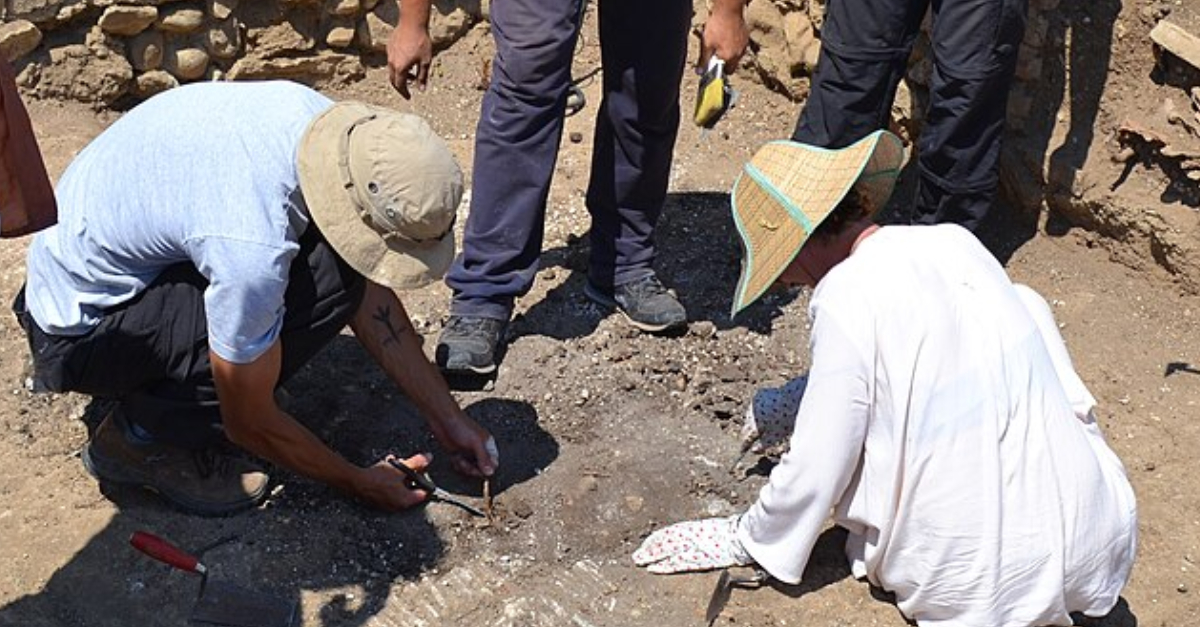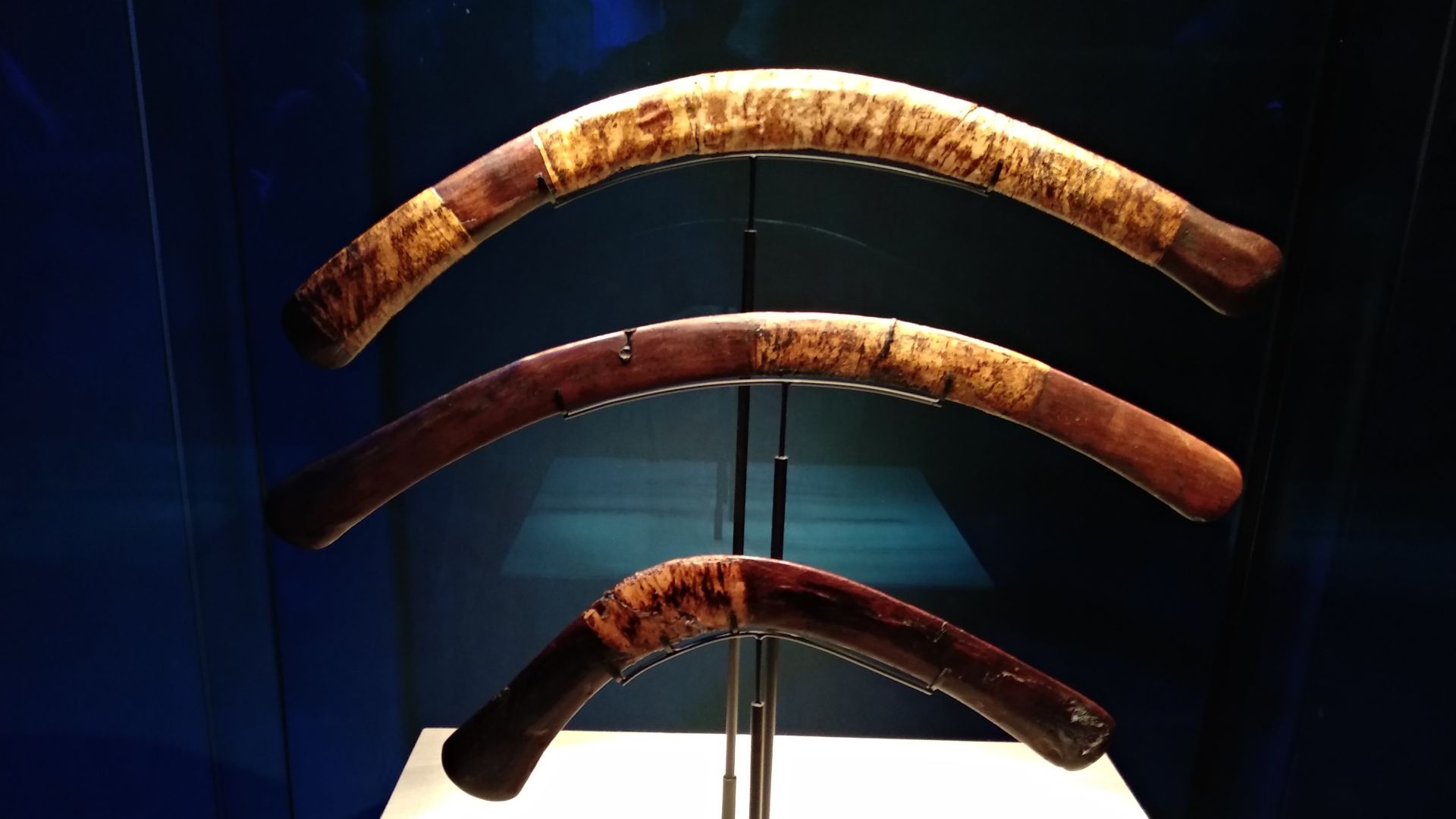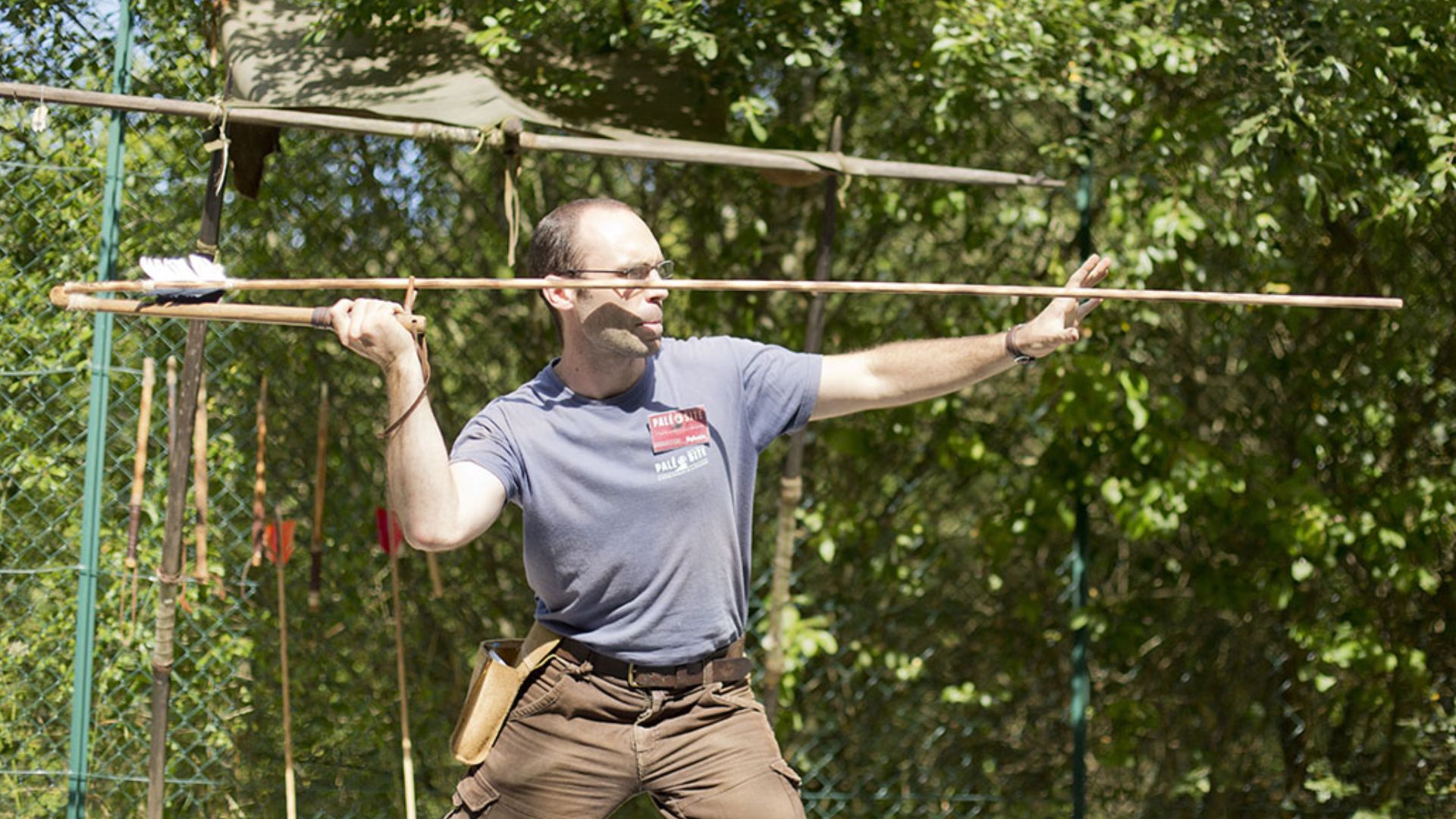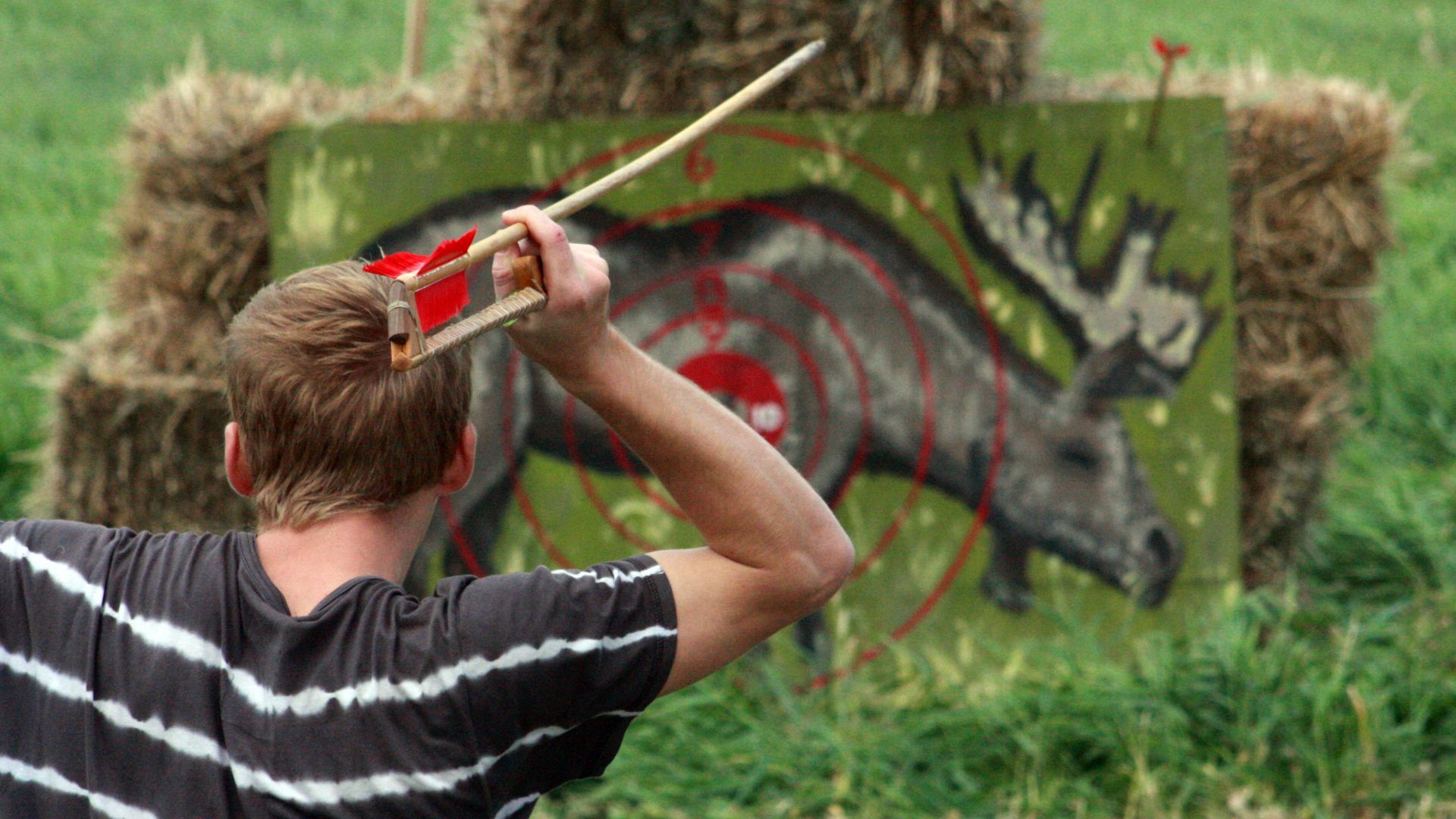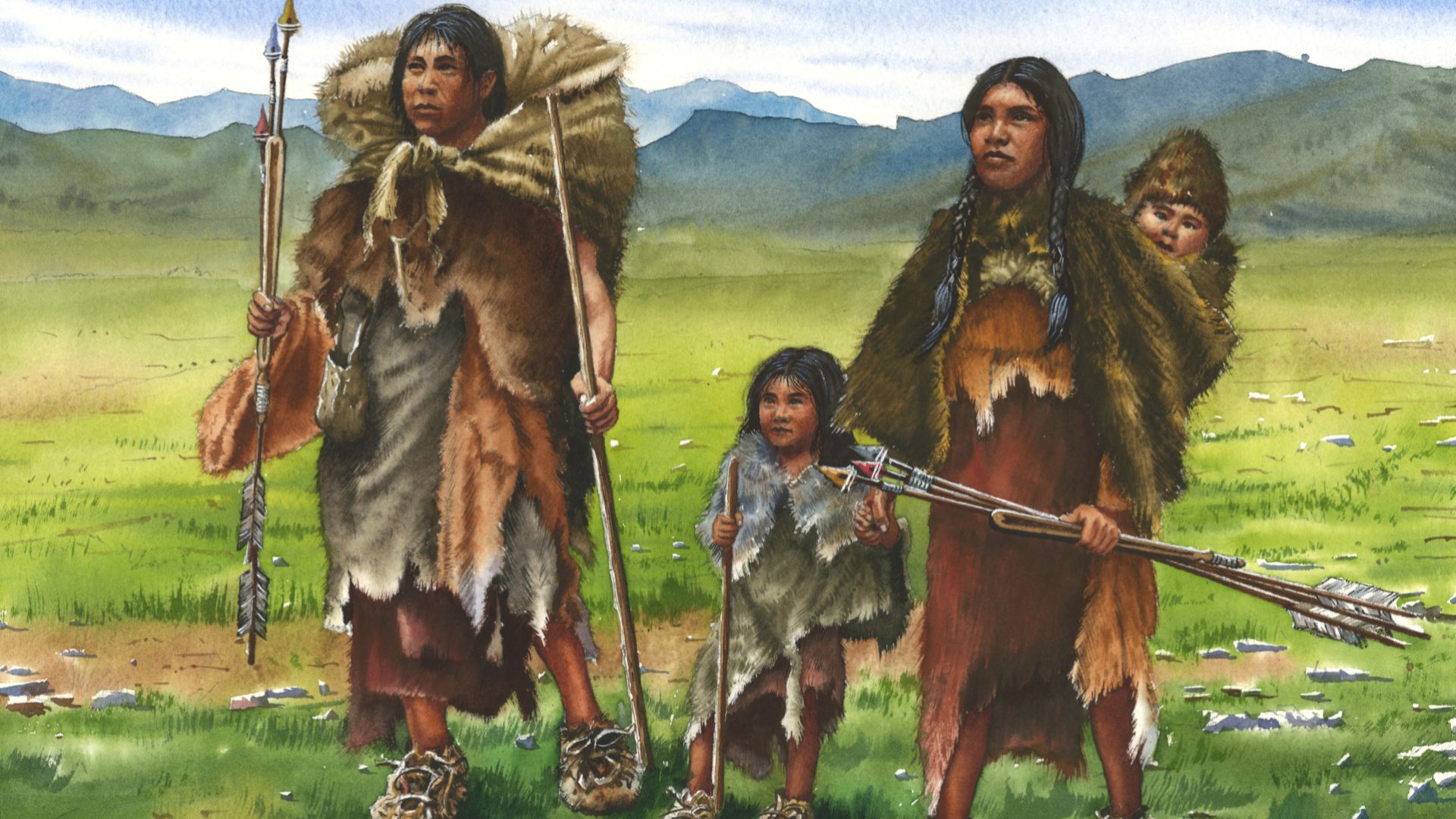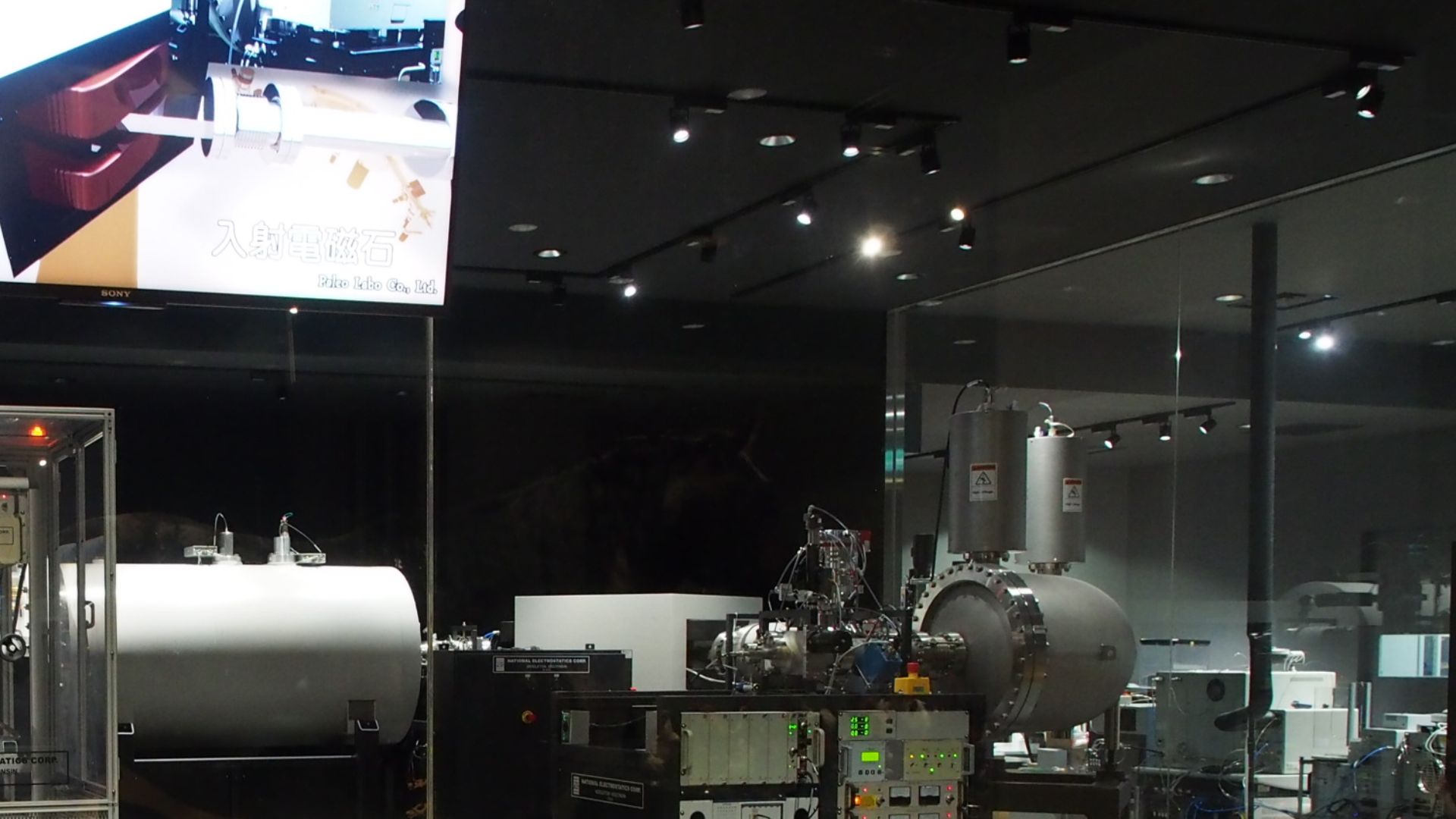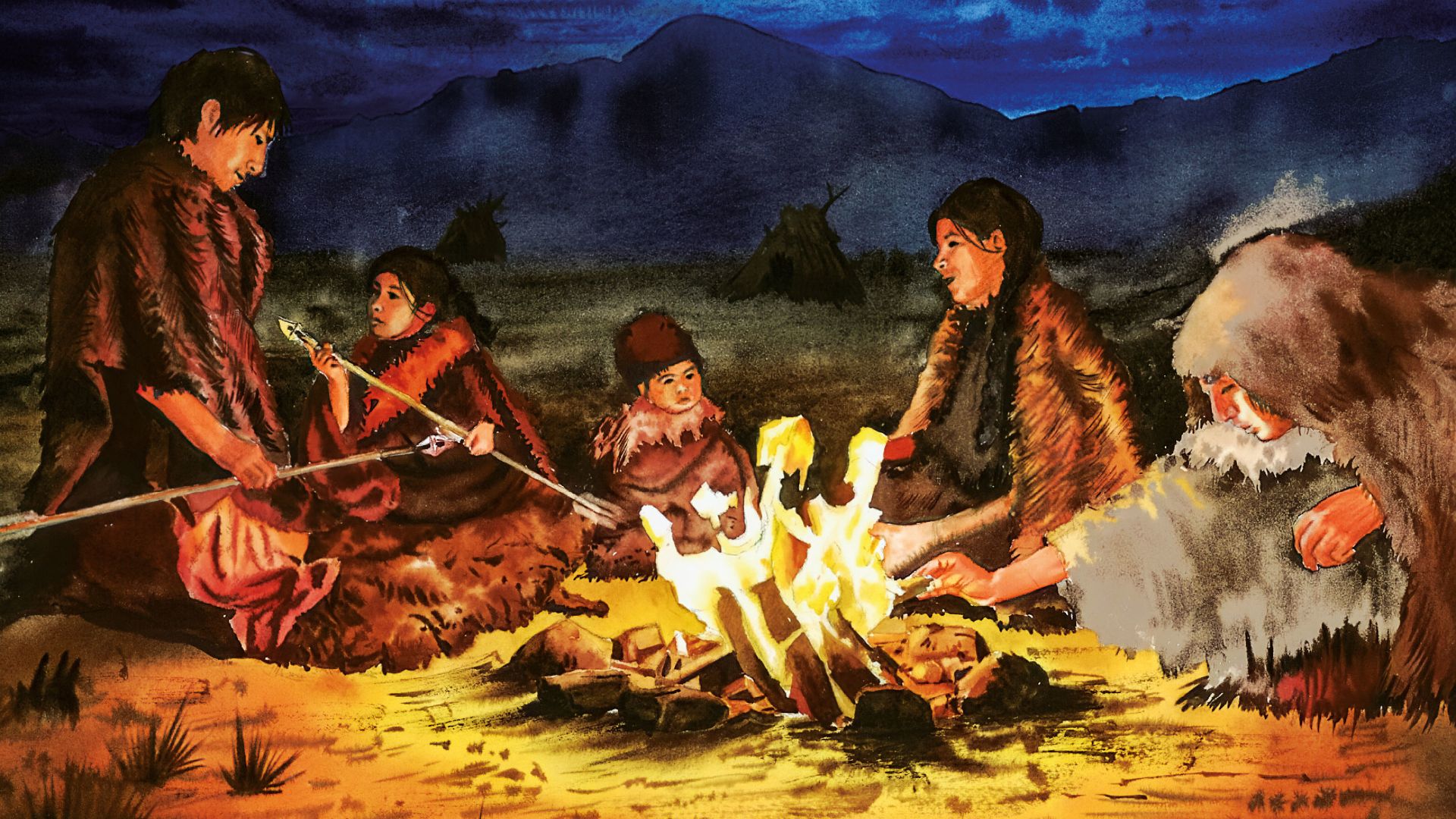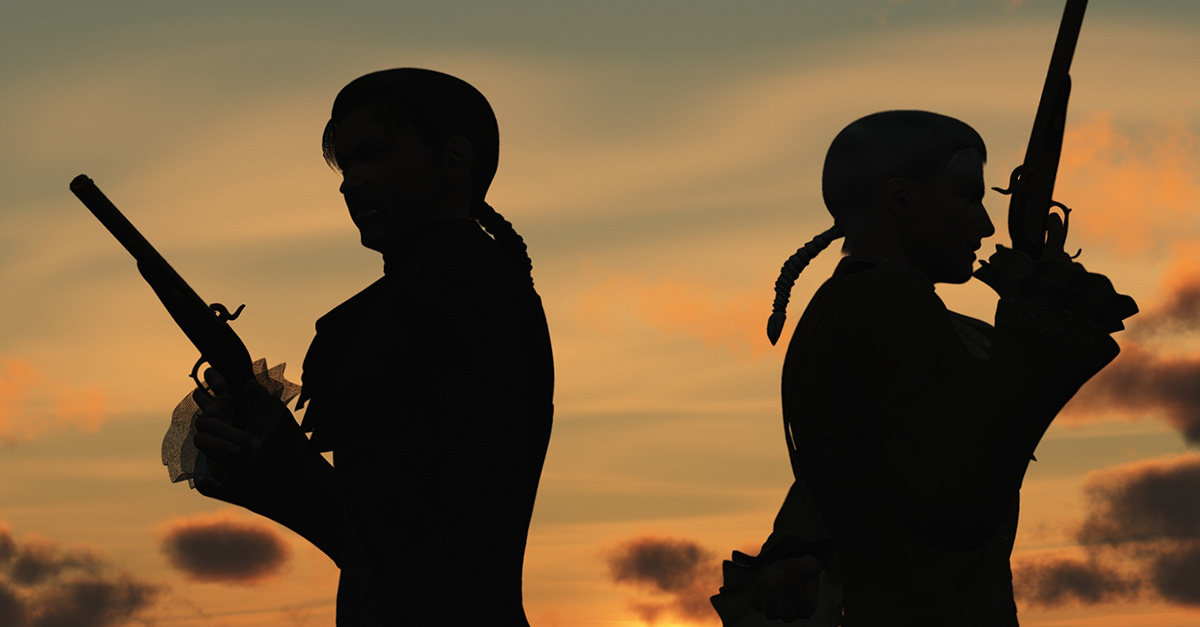Echoes from 6,500 Years Ago
Deep in the shelter of a remote West Texas cave, archaeologists uncovered something astonishing: a remarkably intact 6,000–6,500-year-old hunting kit.
Found in the San Esteban Rockshelter near Big Bend, this cache may represent the oldest complete weapon system ever discovered in North America. This discovery opens a window into ancient life—unpacking the tools, techniques, and quiet rituals of a hunter who lived thousands of years ago.
Boomerang with Bite
Among the most striking finds was a straight-flying boomerang—a rare and aerodynamic hunting tool designed for small game.
Unlike modern boomerangs that loop back, this weapon was crafted to fly straight and strike hard, demonstrating both ingenuity and a deep understanding of flight mechanics. It’s a testament to the tactical minds of early hunter-gatherers in the region.
Ancient Atlatl Fragment
Another key piece was part of an atlatl, or spear-thrower. This prehistoric tool acted as a lever to launch spears or darts with more force and accuracy. Though only the tip section remains, archaeologists recognized it as part of a weapon system that predates the bow and arrow by millennia, highlighting early technological innovation in long-distance hunting.
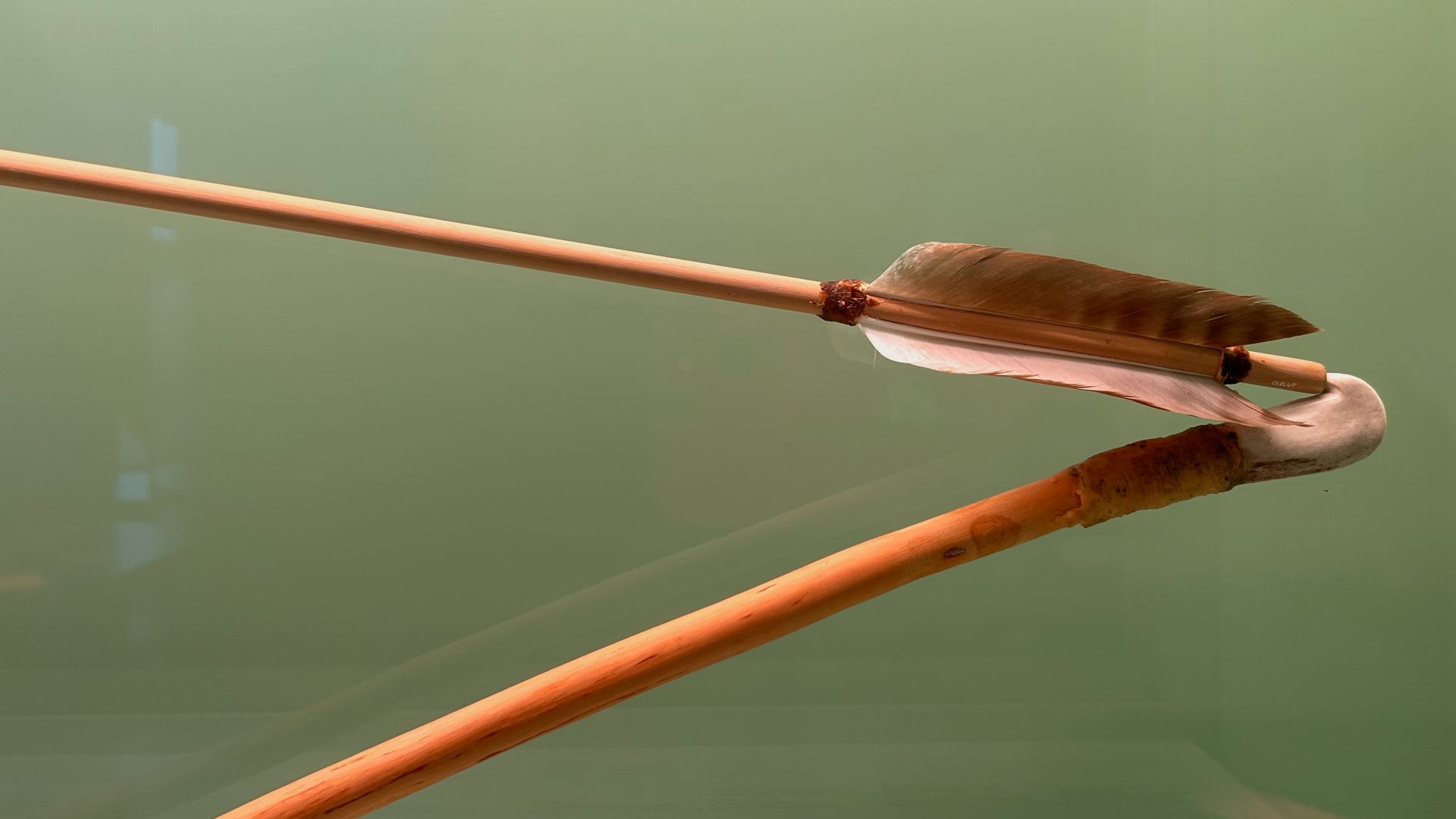 Adrian Michael, Wikimedia Commons
Adrian Michael, Wikimedia Commons
Precision in the Details
Also discovered were four nock ends from darts used with the atlatl. These carefully carved connectors were flexible and designed to slot onto the thrower. The way they absorbed and transferred energy speaks to refined engineering—proof that prehistoric hunters weren’t simply improvising, but were executing a precise and practiced system.
Stone-Tipped Firepower
The kit included six stone-tipped foreshafts, sharpened and ready to be launched. These short shafts could detach on impact, making the weapon modular and reusable. Hunters could leave the embedded stone point in prey and reload quickly.
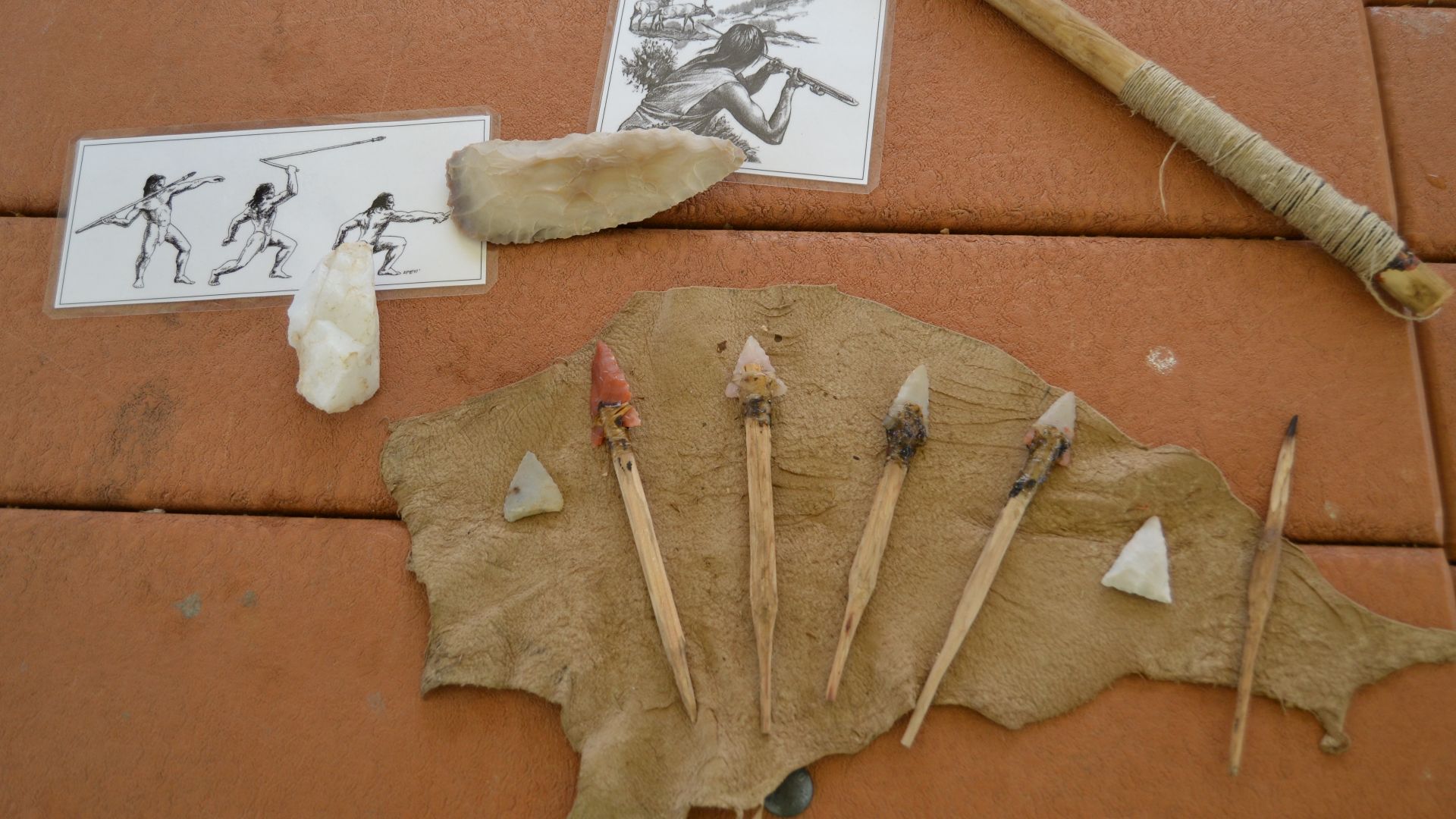 vastateparksstaff, Wikimedia Commons
vastateparksstaff, Wikimedia Commons
Poisonous Possibilities
Intriguingly, four hardwood foreshafts show signs they may have been used to deliver plant-based poisons. While researchers haven’t confirmed residue, the theory suggests that prehistoric hunters were experimenting with chemical enhancements—a level of biological knowledge far more advanced than once believed.
A Workshop in the Dark
Evidence of a small firepit near the tools suggests that this wasn’t just a cache—it was a makeshift workshop. The hunter likely stopped here to rest, eat, and repair equipment by firelight. It humanizes the space, turning it from a sterile archaeological site into a place of warmth, decision-making, and solitude.
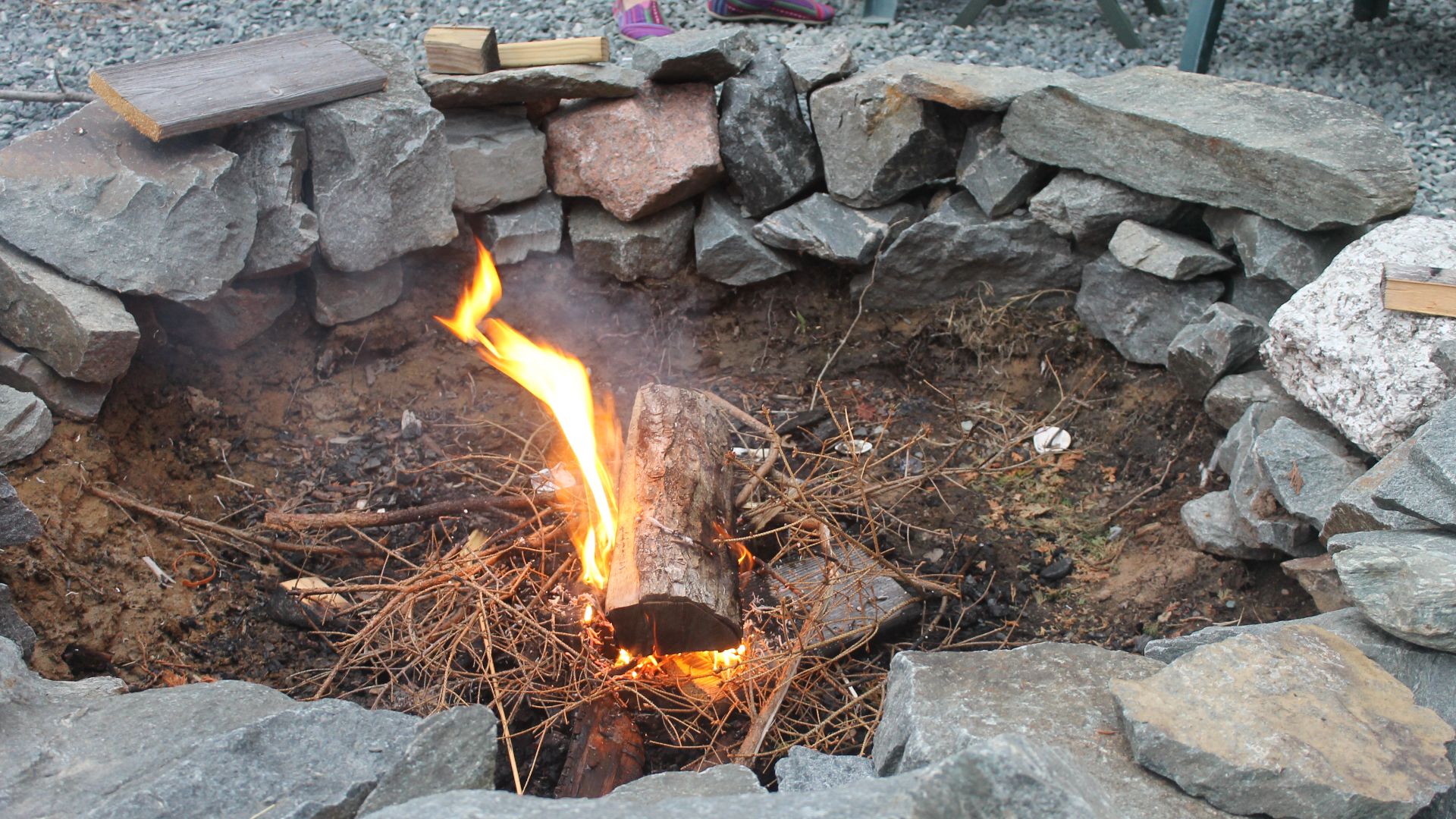 Billy Hathorn, Wikimedia Commons
Billy Hathorn, Wikimedia Commons
The Curious Pronghorn Hide
A remarkable find was a tanned pronghorn antelope hide, carefully folded and perforated along the edges. The holes resemble those made during hide-stretching—a practice observed in historic Plains tribes. It’s possible the hunter was tanning the hide onsite, perhaps to make clothing, bindings, or even trade goods.
A Trace Too Human
Among the gear was something even more personal: a pile of human feces, or coprolite. It’s rare and invaluable, offering insight into the hunter’s diet, health, and even gut microbiome. Researchers are collaborating with Indigenous groups to analyze it respectfully, possibly unlocking new genetic and nutritional knowledge.
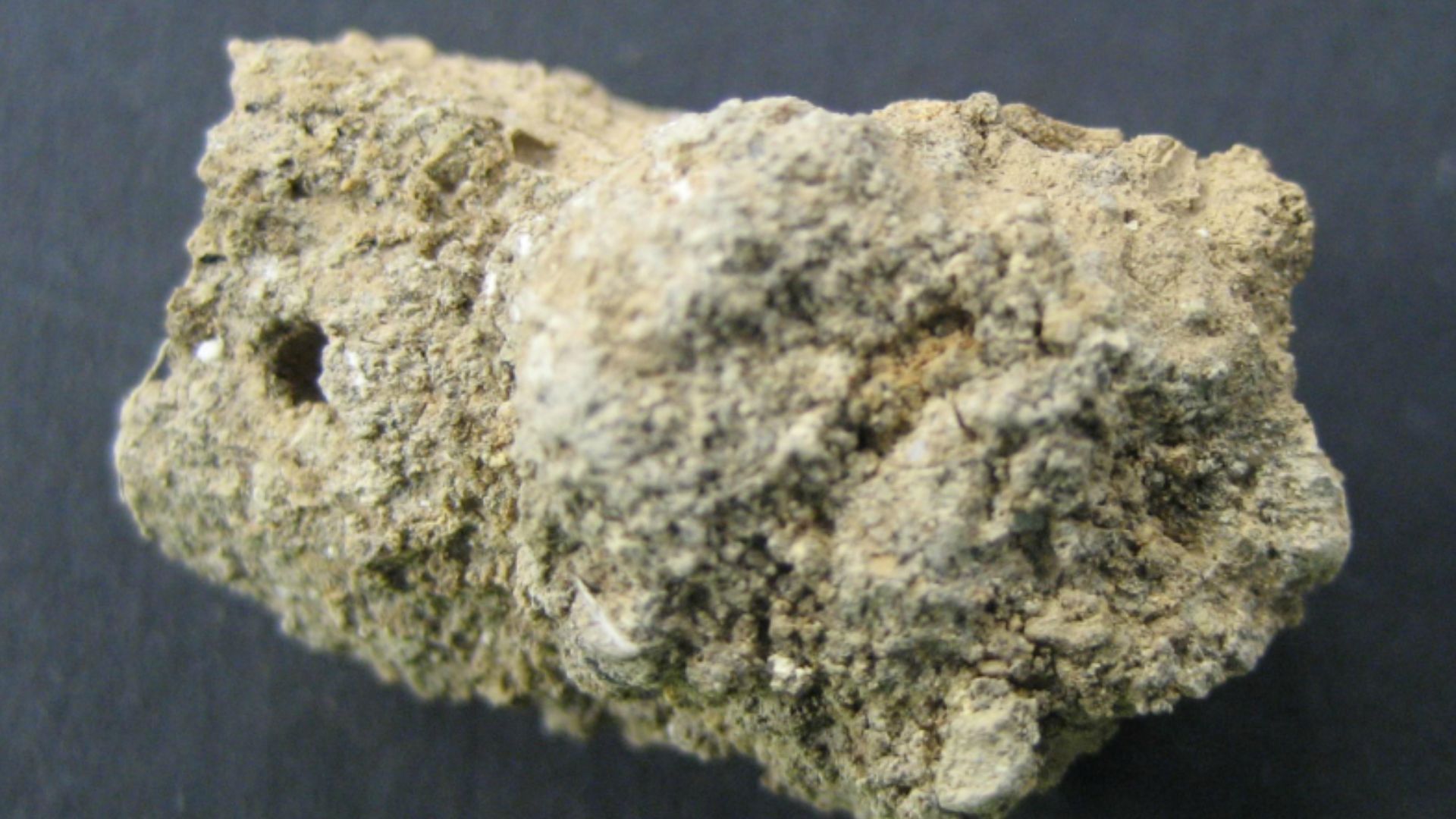 Drlmshillito, Wikimedia Commons
Drlmshillito, Wikimedia Commons
Sacred or Simply Left Behind?
Some tools were broken in ways that suggest intentional placement. Could this have been a ritual offering or symbolic act? Caves held spiritual meaning for many Indigenous cultures, and the layout of this cache hints that it may have served purposes beyond the purely practical.
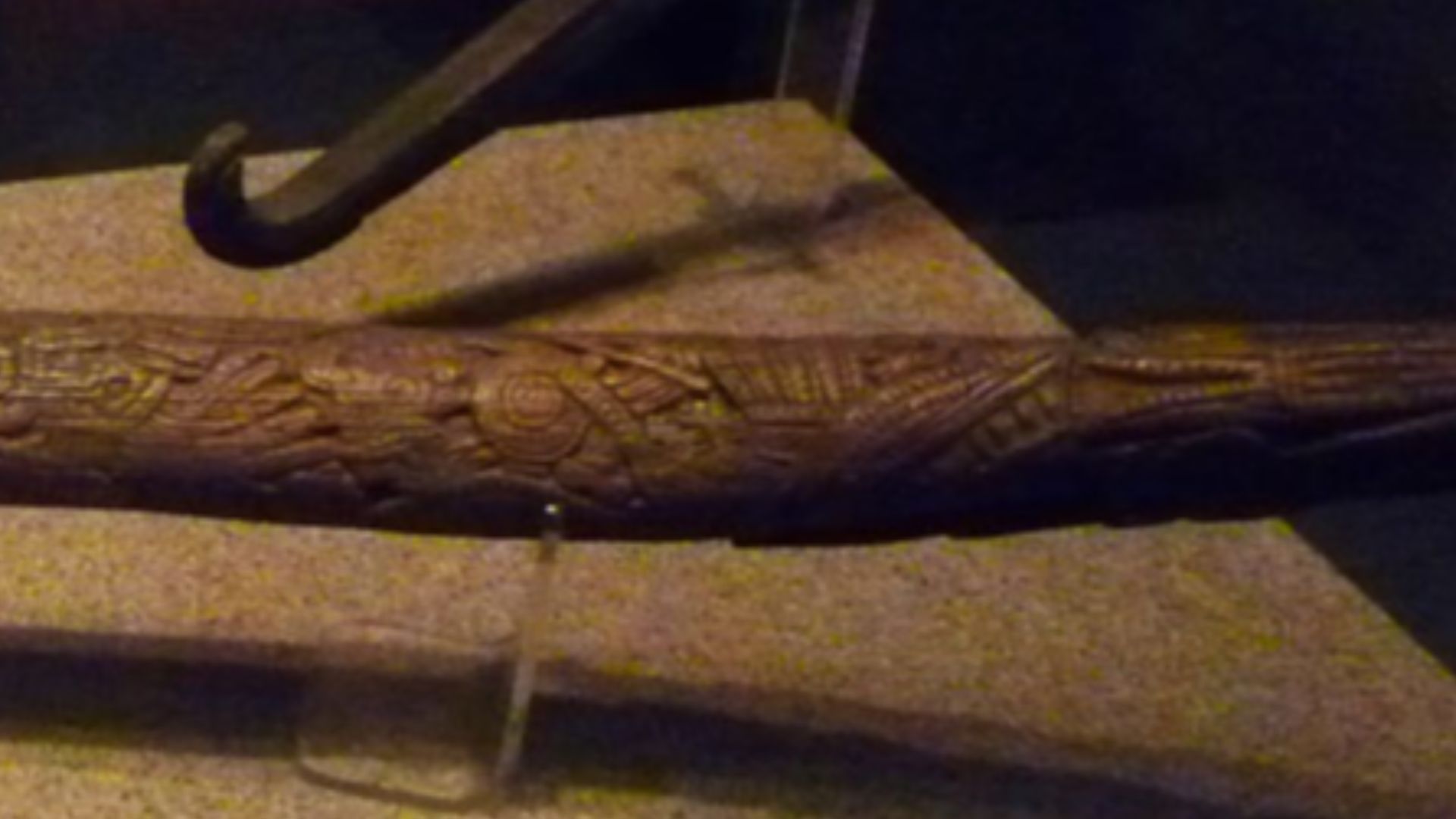 Fsunoles (talk) (Uploads), Wikimedia Commons
Fsunoles (talk) (Uploads), Wikimedia Commons
“Like Dish Gloves”
Project archaeologist Bryon Schroeder described the pronghorn hide as resembling “dish gloves nobody touched for 6,000 years.” That image captures the haunting stillness of the find—items so well-preserved they feel like they were just set down and forgotten.
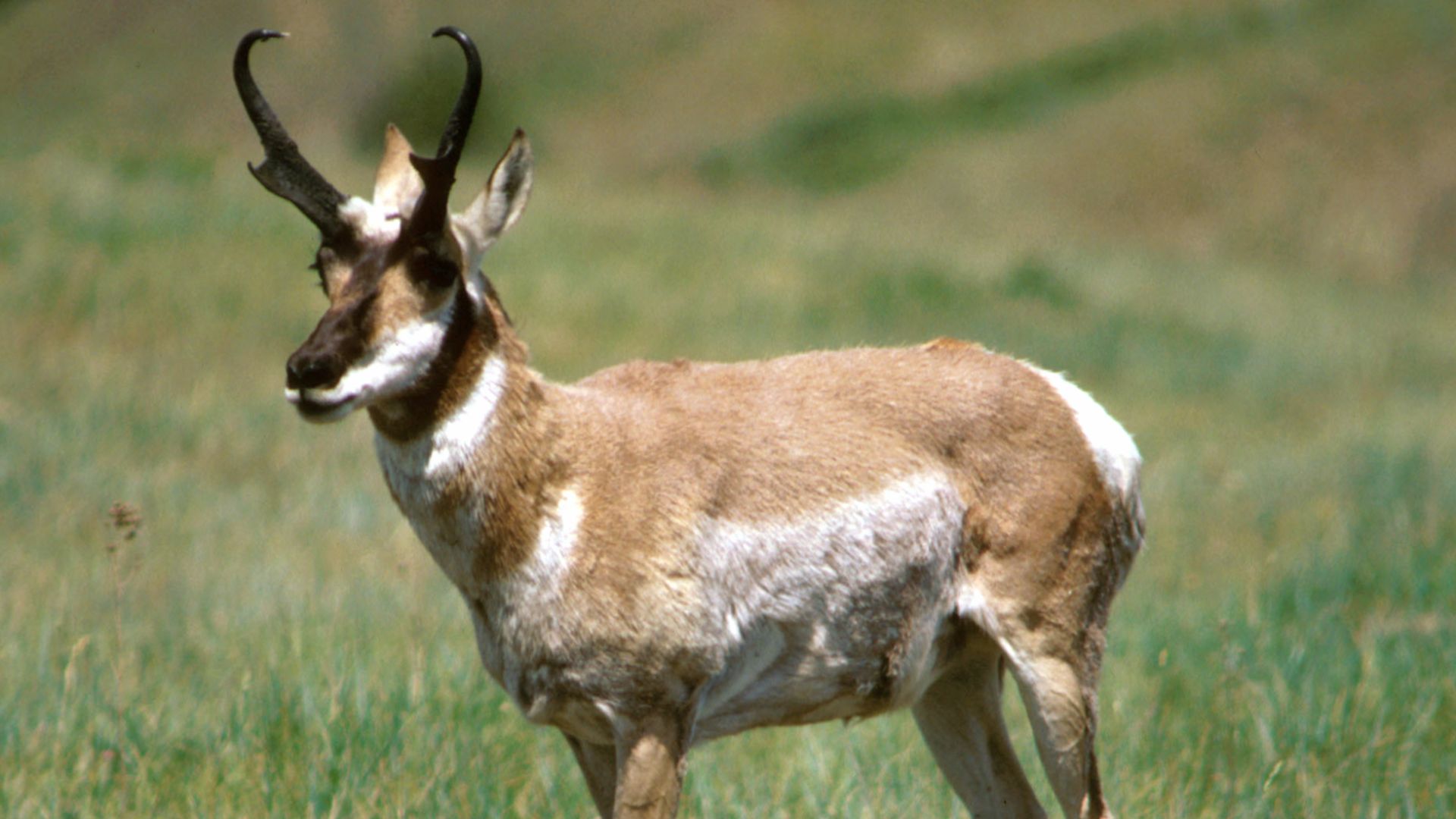 Leupold, James C., Wikimedia Commons
Leupold, James C., Wikimedia Commons
Digging by Dream Team
This discovery was made by the Center for Big Bend Studies at Sul Ross State University in collaboration with the Odyssey Archaeological Research Fund at the University of Kansas. Their work at San Esteban began in 2019 and continues to yield important finds that are reshaping our understanding of early life in North America.
A Date with Prehistory
Using radiocarbon dating, researchers determined that the site dates between 6,000 and 6,500 years ago, firmly placing it in the Early Archaic period. Some of the wooden shafts may be even older due to the “old wood” effect—further evidence that this kit could predate nearly all known weapon systems on the continent.
Testing the Toolkit
With such well-preserved components, archaeologists have begun building functional replicas. Experimental archaeology has shown that these tools were not only effective—they were highly optimized for the environment. The darts, for instance, could reach surprising distances and speeds when thrown using the reconstructed atlatl.
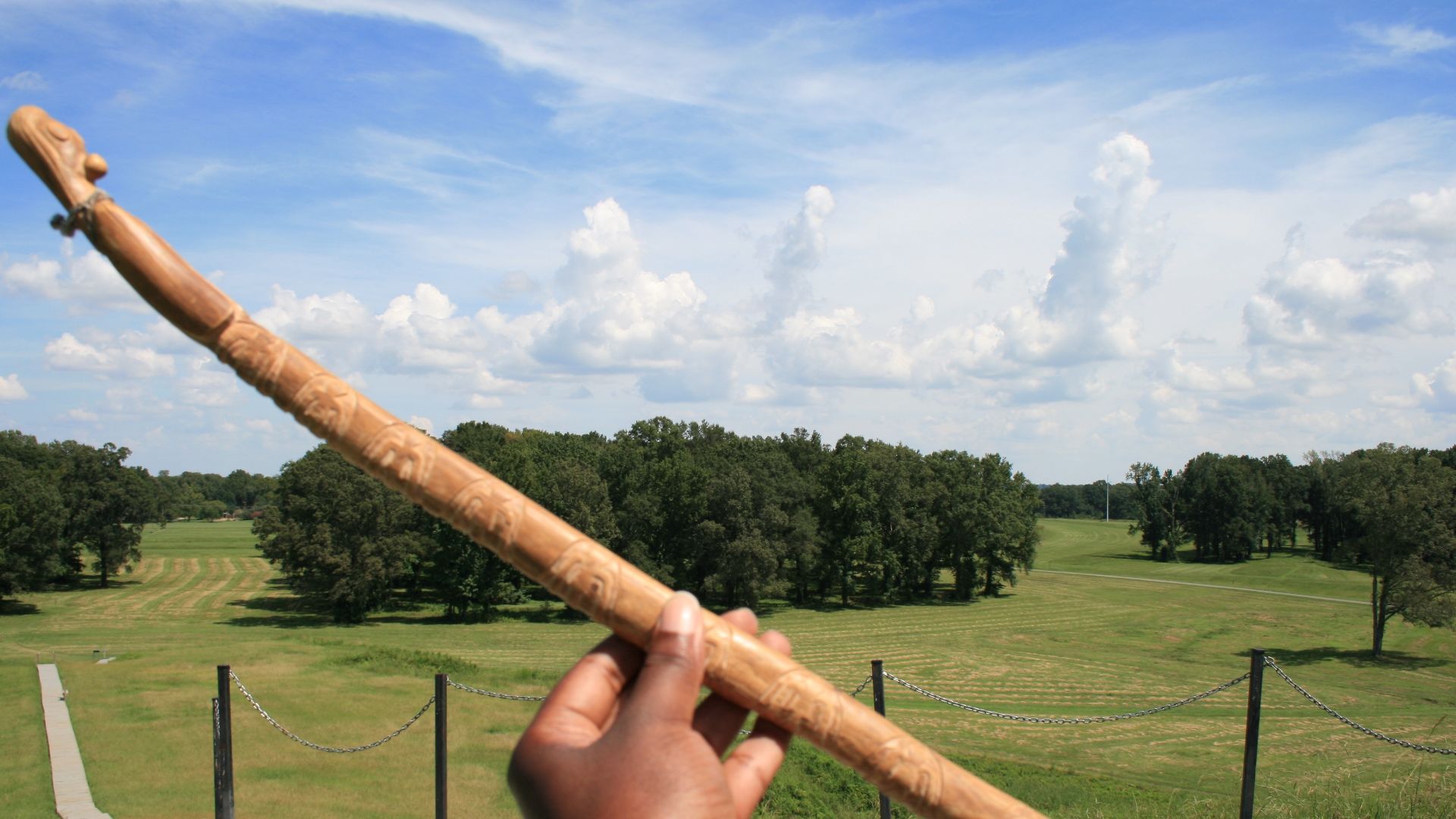 Jennifer R. Trotter, Wikimedia Commons
Jennifer R. Trotter, Wikimedia Commons
Rebuilding the Ecosystem
Beyond the tools, the artifacts contain botanical clues. Wood species, hide conditions, and even residue on stone points will help reconstruct what West Texas looked like thousands of years ago—offering insight into climate, flora, and the migration of wildlife.
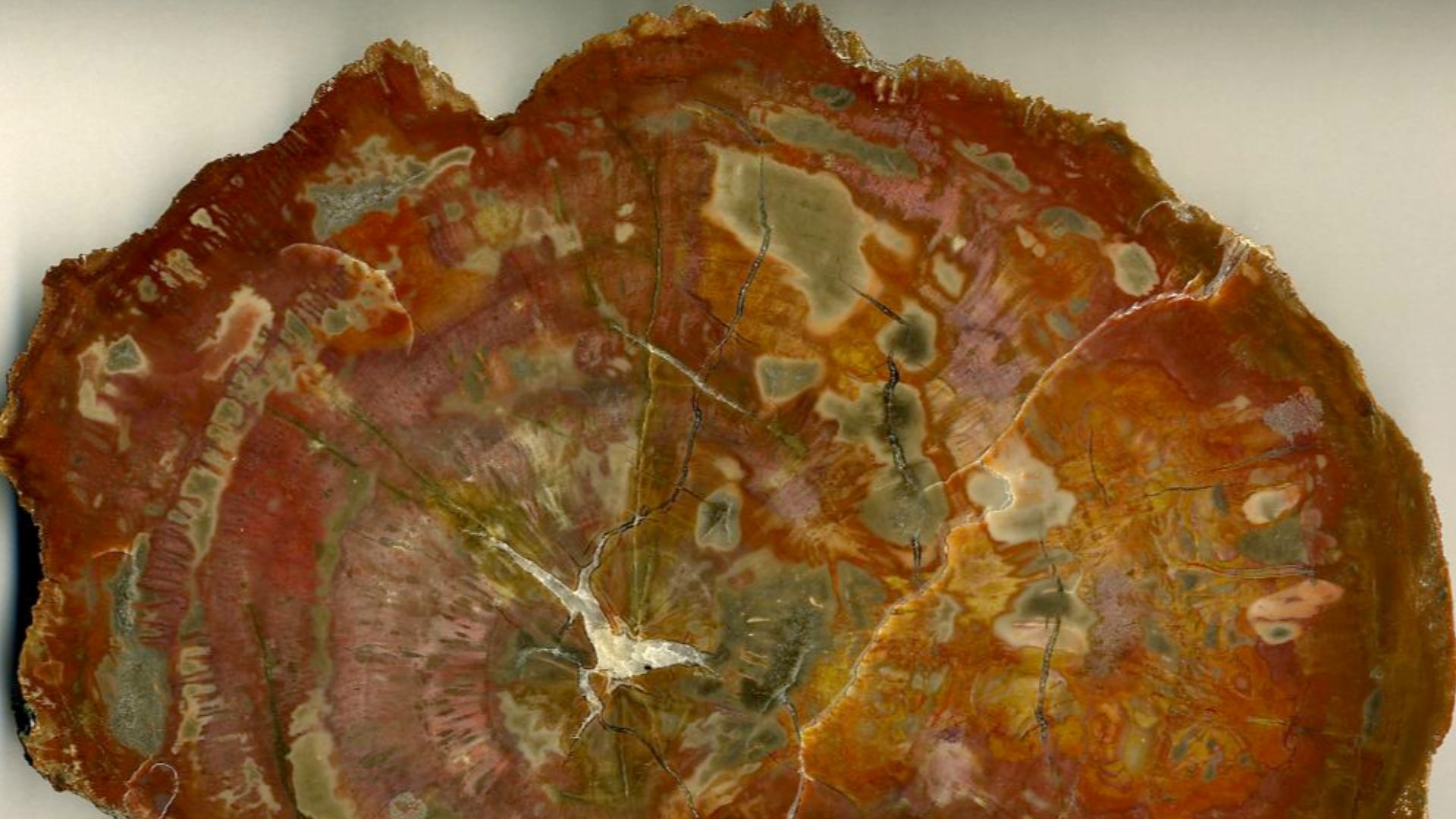 James St. John, Wikimedia Commons
James St. John, Wikimedia Commons
An Engineering Marvel
This cache is a breakthrough in understanding early technology. With interchangeable parts, aerodynamic designs, and possibly even chemical enhancements, this weapon system shows how far innovation had already come by 4,500 BCE—long before the introduction of metallurgy.
One in a Million Find
Preserved wooden tools almost never survive the ravages of time. What makes this discovery so exceptional is its completeness—a full toolkit left in place, untouched by humans or animals for over six millennia. It’s the archaeological equivalent of winning the lottery.
One Hunter’s Story
This isn’t just about tools—it’s about a person. Someone sat there, mended gear, folded a hide, maybe said a prayer. This site captures a frozen moment of one person’s life, a silent story that still whispers from the canyon walls.
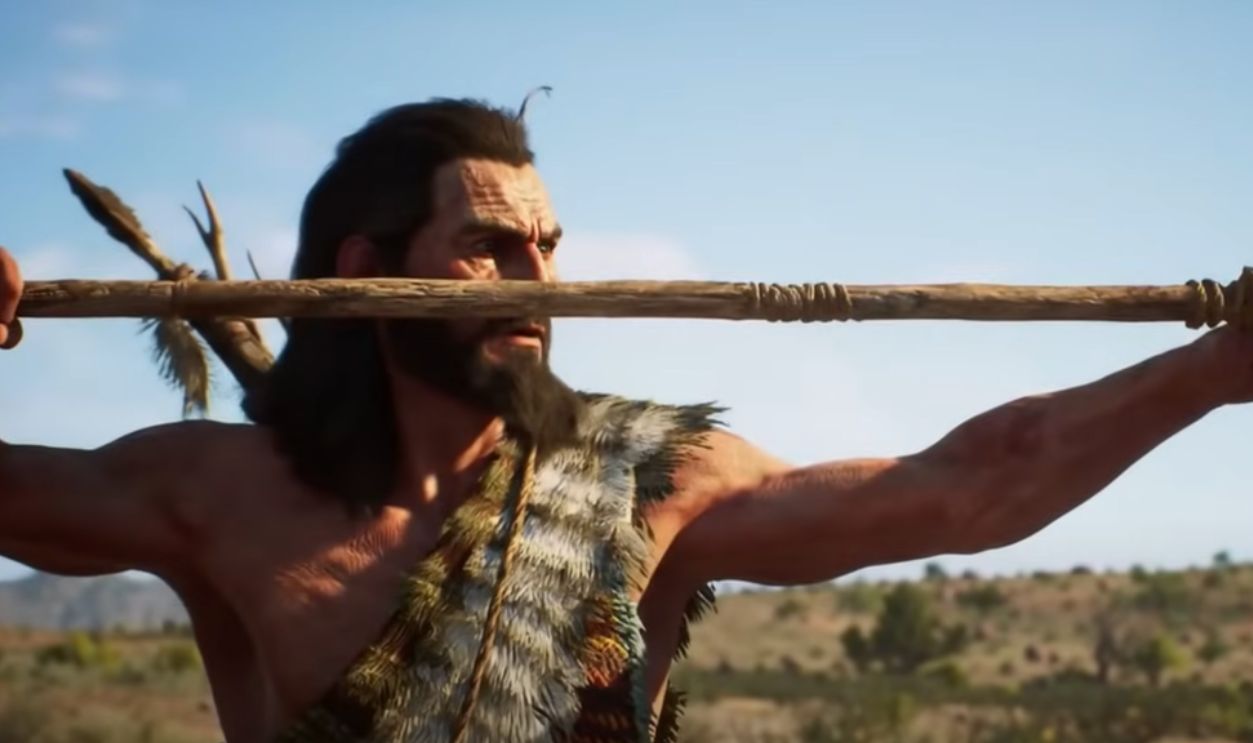 7,000 Year Old Hunting Kit Found in Texas, Documentify TV
7,000 Year Old Hunting Kit Found in Texas, Documentify TV
Clues for the Region
The insights from San Esteban are already helping researchers reinterpret other Big Bend sites. Similar caves, previously considered jumbles of debris, may now be seen as workspaces, shrines, or homes—changing the entire narrative of the area’s prehistoric occupation.
 Paul Joseph from vancouver, bc, canada, Wikimedia Commons
Paul Joseph from vancouver, bc, canada, Wikimedia Commons
From Cave to Museum
Sul Ross State University plans to eventually display the findings—or their replicas—for public viewing. This brings the story full circle, allowing people today to connect directly with a hunter from a time before metal, before wheels—but not before brilliance.
You Might Also Like:
Photos Of The Hidden Tribe Whose Footprints Are Their Only Clues

